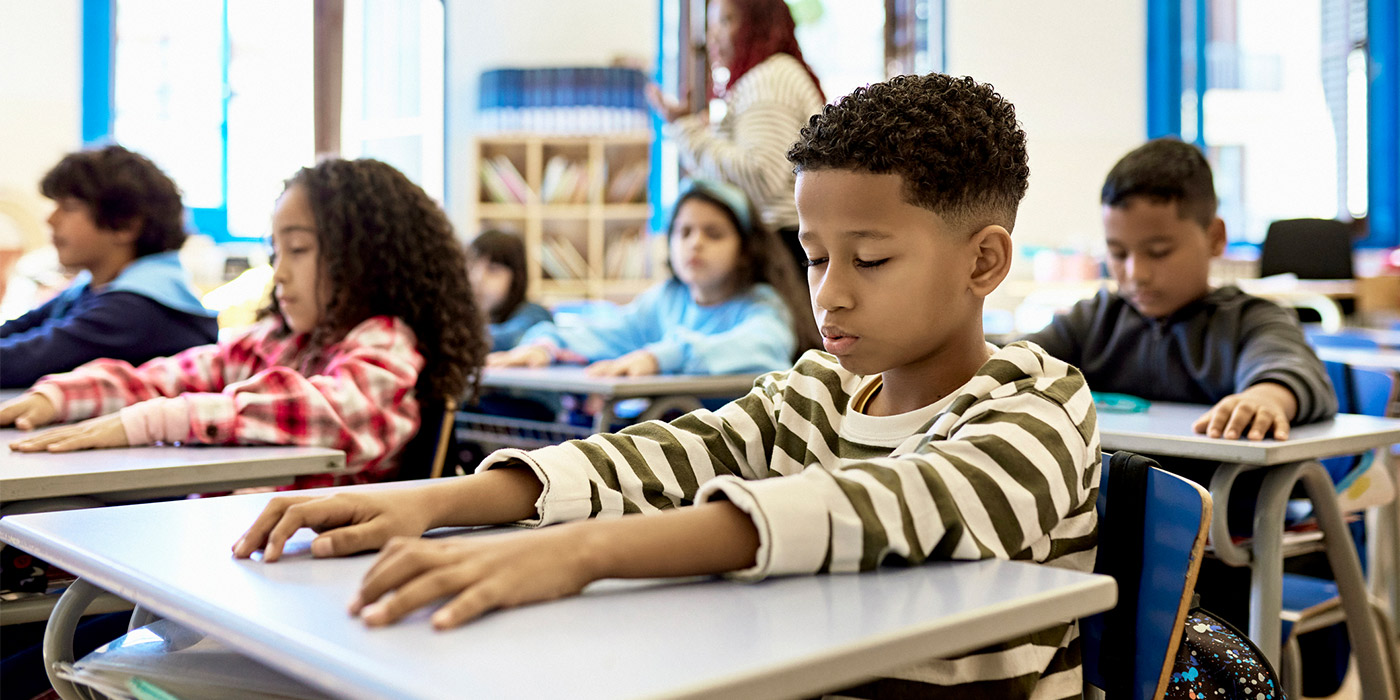Teaching mindfulness to your students can have a positive impact on their daily life and overall wellbeing. Mindfulness activities, like guided meditations and breathing exercises, can help reduce stress, enhance focus, and harness positive energy.
Here are some great mindfulness activities for students that will greatly benefit their well-being and academic performance during brain breaks or any time of the day.
Mindful Breathing Exercises
Breathing techniques are key to an effective mindfulness practice. Certain breathing exercises can help your students tap into their parasympathetic nervous system, which is the part of the nervous system that helps the body relax and remain calm when stress strikes.
Try this mindfulness breathing exercise: Ask your students to sit still and close their eyes. Have them take three deep breaths slowly, concentrating on the physical sensations of breathing in and out. With each deep breath, your students can focus on the present moment and ease tension in their bodies.
Belly Breathe has a wealth of breathing exercises that your students can use for different high-pressure situations.
